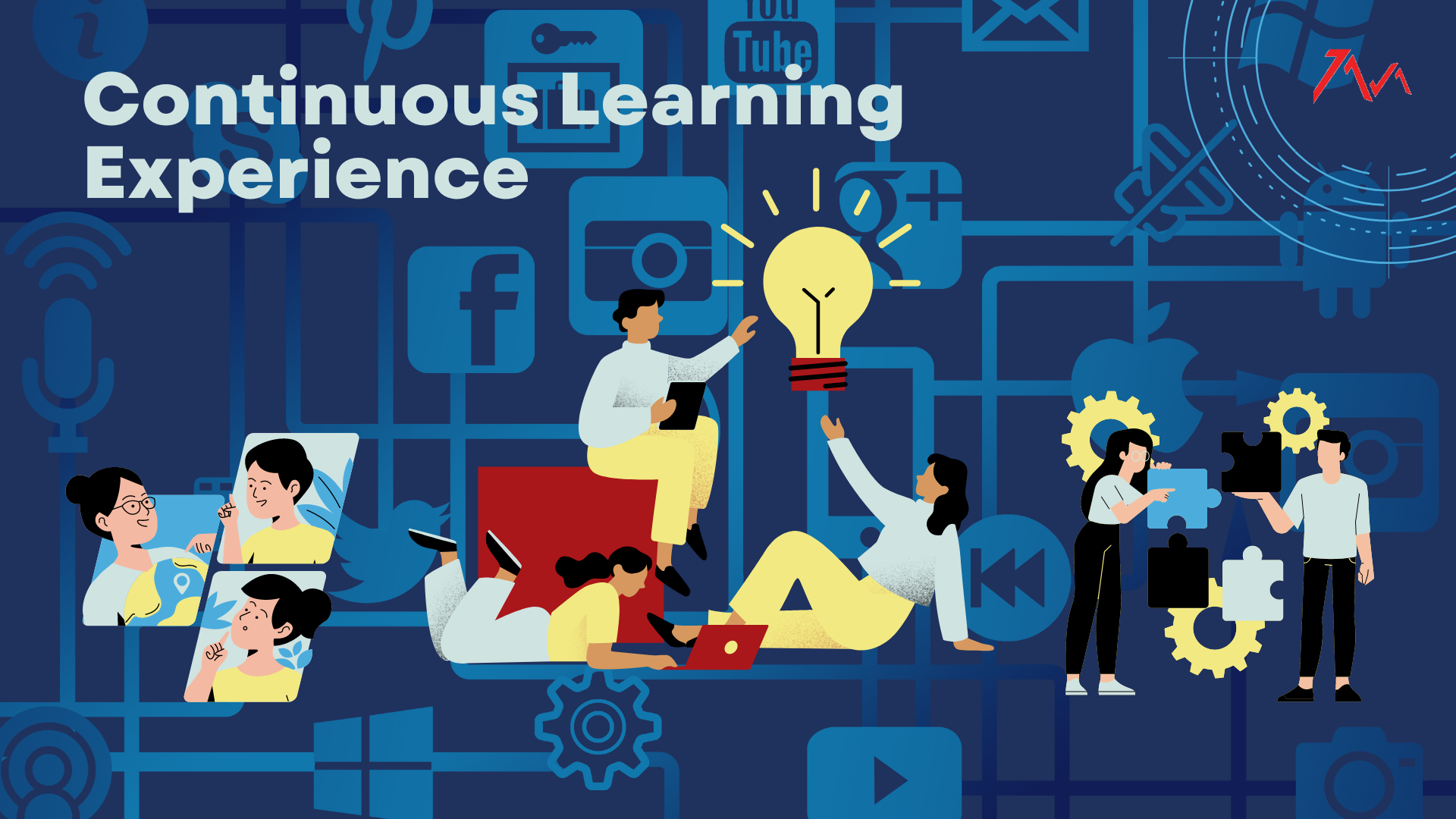Online Course Development
online courses entail labor-intensive development processes... a collaborative enterprise among various talents (e.g., content providers, course developers, learning managers, videographers, graphic artists, illustrators, analysts).…

